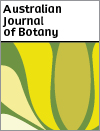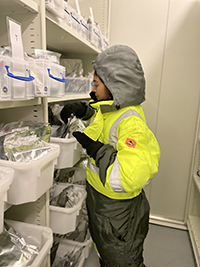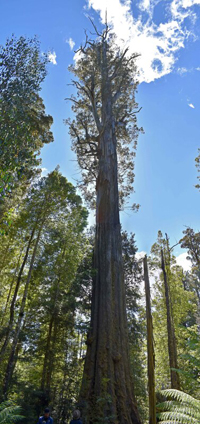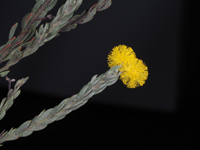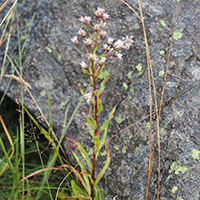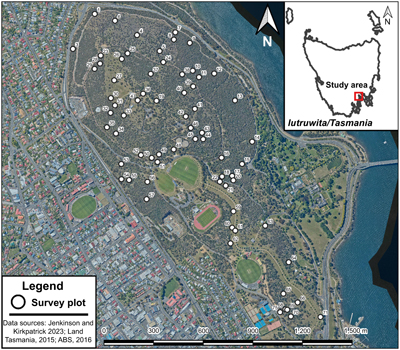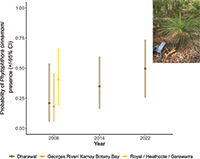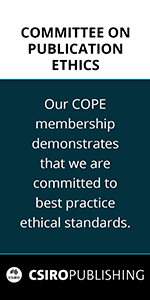Australian Journal of Botany
Volume 73
Number 1 2025
Seed banks play an important role in ex situ plant conservation. However, managing wild species seed banks is complex, with seeds ageing and dying at different rates. After germinating seeds of banked seed collections to determine viability, we rapidly aged collections with high viability to differentiate the longevity to guide curation activities including future retesting schedules. This method could be used by wild seed banks to make more informed decisions about historical and ageing seed collections. Photograph by Laura Skates.
A comprehensive survey of Tasmania’s wet eucalypt forests was conducted to find, measure and document the health and environmental characteristics of the state’s tallest and most massive trees. Results confirmed Eucalyptus regnans to be one of the world’s tallest flowering plant species, and significantly, the most massive angiosperm known to science. Photograph by Brett Mifsud.
Our study in the semi-arid Pilliga forest found that high-intensity fires enhance seedling recruitment in the obligate-seeding shrub Acacia mariae. However, site-specific variations suggest that other factors like post-fire precipitation and seed predation also affect post-fire recovery. These insights are crucial for refining fire management strategies and enhancing our understanding of species resilience to changing fire regimes.. Photograph by D. D. Andrew.
Understanding the origins of plant species is critical for accurate risk assessment in weed biological control project as well as conservation management. Our study investigated the rare daisy Erigeron conyzoides, by using genetic data and traditional taxonomy. We discovered that the species is not a distinct endemic species native to Australia, as previously thought, but a disjunct population of the northern hemisphere species E. acer. Photograph by Alexander Schmidt-Lebuhn, © CSIRO.
Does native vegetation in urban parks change over time? Yes and no is the answer we found after analysing data collected over a 50-year period. Whereas some sites are stable, management interventions such as weeding, burning, mowing and mechanical removal are useful tools to maintain healthy patches of native vegetation in urban areas. Map created by Ian Jenkinson.
Phytophthora cinnamomi is a soil pathogen that can cause dieback and death in susceptible plant species. P. cinnamomi is widespread in southern Sydney conservation reserves of NSW but our study did not find evidence of increasing detections over time. We recommend that monitoring programs prioritise an increased sampling effort over a longer time series to support reliable trend analysis. Photograph by Tanya Mason.


